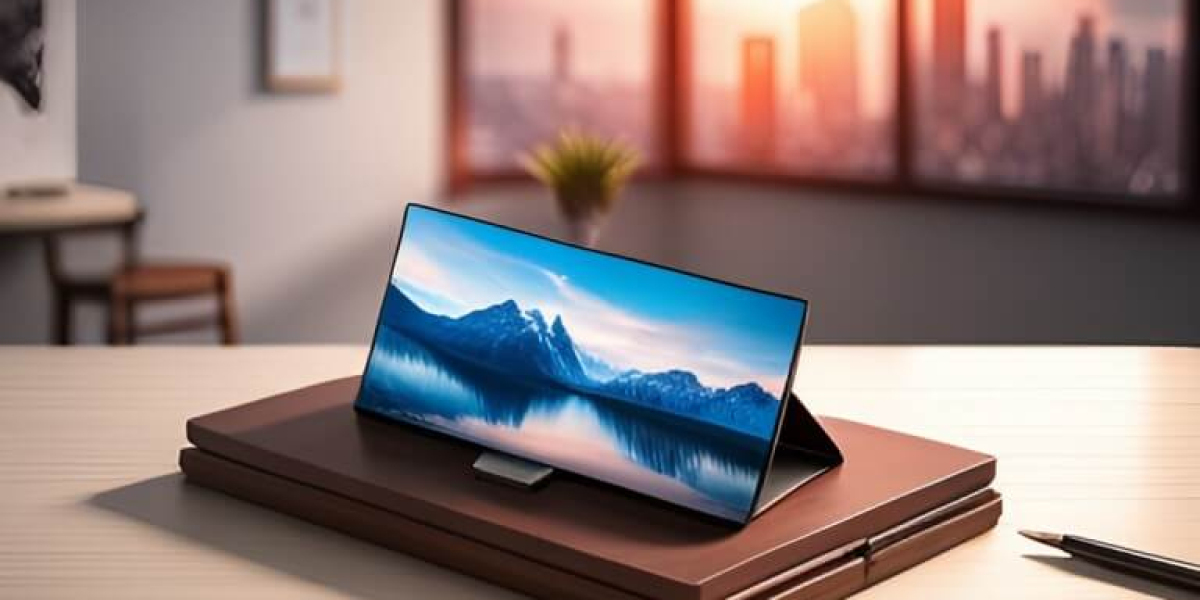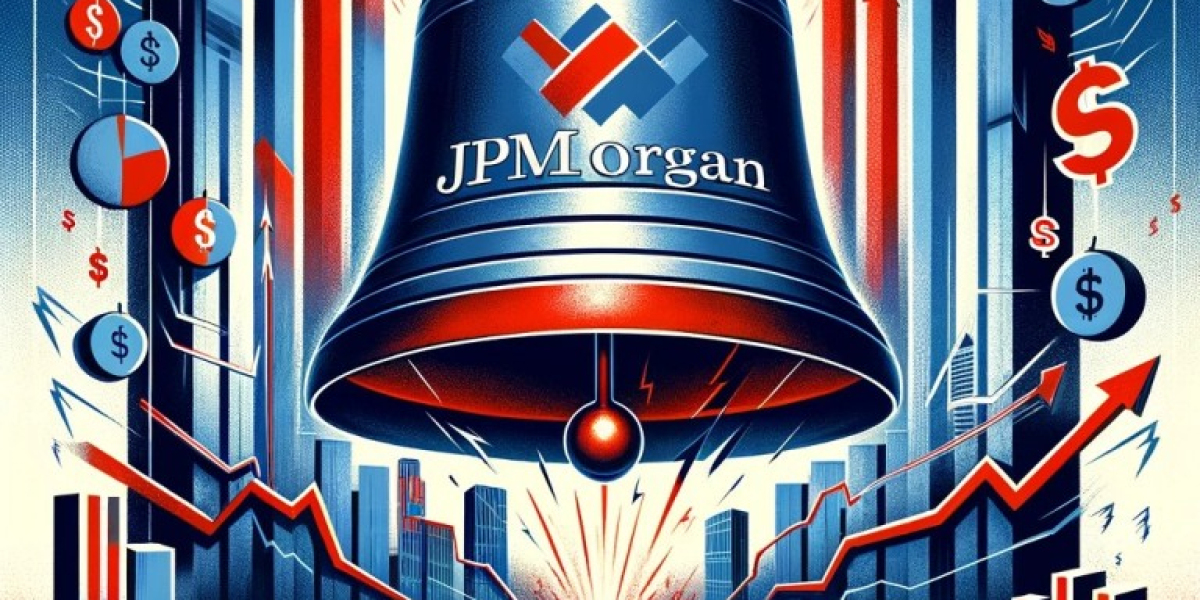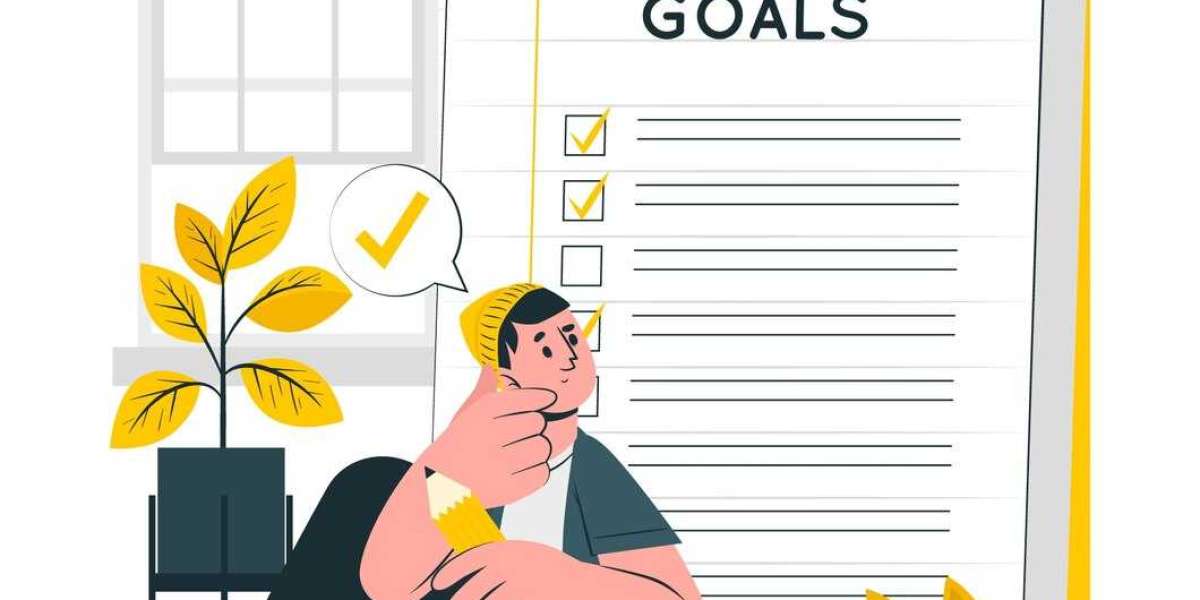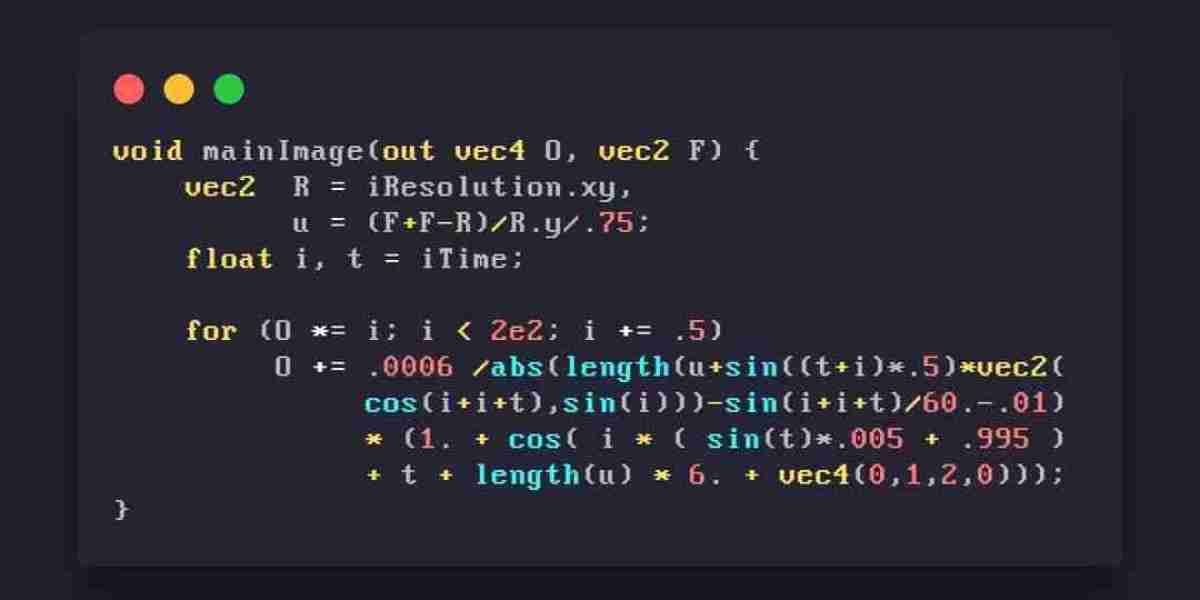This guide provides an exhaustive walkthrough for creators, exploring the realm of NFT wallets, their security, and crucial factors to consider before choosing a wallet. The NFT wallets aim to empower artists with the knowledge to safely manage their digital art and music assets in the burgeoning NFT marketplace.
How do crypto wallets work?
Although it’s not necessary to have a complete comprehension of how crypto wallets operate, it can be extremely useful to have a basic understanding. Knowing the fundamentals will make things simpler for you and pave the way for more success. Therefore, before moving forward, let’s review the crucial facts.
Although it may seem like a crypto wallet would be a mobile app or physical device, it’s actually a collection of cryptographic keys represented by text strings. Those who possess different parts of these keys can perform various actions associated with them, such as owning an NFT. Wallet apps are simply tools that make it easier to manage these keys with a user-friendly interface.
To improve clarity, it is helpful to identify the three specific parts of a cryptographic wallet that you should know.
Public Address
The Public Address is comparable to an email address in terms of how it works. People who are aware of the public address of a wallet can send items to it, but they are unable to operate or send from the address. However, unlike email, individuals who know a wallet’s public address can see its contents as well as its entire transaction history. Sharing your wallet’s public address with someone is generally acceptable if you are at ease with them seeing what’s inside and associating it with your identity.
Private Key
The Private Key is similar to a password, but it is not selected by the user and cannot be altered. If someone knows a wallet’s private key, they can access and manage it. Therefore, it is crucial not to share your wallet’s private key with anyone, including customer support teams. If someone requests your private key, they are attempting to deceive you. If your private key is exposed or compromised, you cannot change it, forcing you to create a new wallet and transfer your assets.
Secret Phrase
The Secret Phrase consists of 12, 18, or 24 special words that are randomly selected from a list of 2048 words. It can be used to generate multiple sets of public addresses and private keys. If you know the Secret Phrase, then you can control all the wallets that were created using it. Just like private keys, the Secret Phrase is permanent and cannot be altered. If the Secret Phrase is compromised, a new one must be generated and assets must be transferred to new wallets.
Which Factors Should Artists Consider Before Choosing an NFT Wallet
Choosing the right NFT wallet is a vital step for artists who want to engage in the NFT space. It’s much like choosing a physical studio or gallery to display your work, but in the digital realm. Here are the key factors every artist should consider before deciding on an NFT wallet:
Security
In the digital space, security is your first line of defense against potential threats and breaches. Pay particular attention to the security features offered by your prospective wallet: Are they using advanced cryptographic techniques to secure your information? Do they offer two-factor authentication (2FA) for additional protection? What about biometric authentication methods, like fingerprint or face recognition? Furthermore, research about past security breaches, if any, and how promptly and effectively the provider responded. Robust security mechanisms are non-negotiable when selecting your NFT wallet.
Compatibility
The chosen wallet should support the specific NFT standard you wish to work with. The most prevalent NFT standard, ERC-721, operates on the Ethereum blockchain. Understanding what kind of NFTs you’ll be creating and ensuring that your wallet supports that particular standard is fundamental. Also, some wallets may only support certain cryptocurrencies, which could limit your ability to transact in the NFT marketplace.
User Interface
A well-designed user interface is instrumental for a hassle-free experience, especially if you’re new to the NFT space. An intuitive design can ease the steep learning curve associated with blockchain technology. Look for a wallet that provides clarity in transaction history, easily accessible features, and a responsive design for both desktop and mobile. A good wallet should make managing and monitoring your NFT assets straightforward and pleasant, not a constant struggle to figure out the next step.
Integration with Marketplaces
As an artist, the primary goal for creating NFTs is to display, sell, or trade them on various platforms. Therefore, the chosen wallet should offer seamless integration with the leading NFT marketplaces, such as OpenSea, Rarible, or Foundation. Direct integration can facilitate smoother transactions, making it easier to transfer your NFTs for listing or confirming a sale without the unnecessary hassle.
Control over Private Keys
In the blockchain world, control over private keys translates into ownership. Wallets that provide full control over your private keys ensure that you—and only you—can access and manage your digital assets. Conversely, wallets managed by third-party providers might pose a risk, as you’re essentially trusting another entity with your digital assets’ safety. A non-custodial wallet, where you hold the keys, offers enhanced security at the expense of convenience.
Backup and Restore Functions
In the digital world, having a secure backup is as crucial as the security of the wallet itself. Loss of device, forgetting passwords, or technical errors can sometimes lead to the loss of access to your wallet. Your chosen wallet should provide a secure and straightforward process to backup your wallet data and restore it when needed. For instance, wallets providing seed phrases (a list of words that store all the information needed to recover a Bitcoin wallet) can be an excellent backup mechanism.
Best Practices for Crypto Wallet Security for Creators
As an artist or creator navigating the exciting world of Non-Fungible Tokens (NFTs), it’s crucial that you prioritize your crypto wallet’s security. With the rise of NFTs as a unique way to monetize digital art and music, understanding how to keep your digital assets secure is vital. So, here are the best practices that every creator should follow to secure their crypto wallets:
Back up Your Wallet’s Secret Keys
In the world of cryptocurrency, losing your wallet’s secret keys could mean losing access to your digital assets permanently. Make sure you backup your secret keys in a secure location. If your device gets damaged, lost, or hacked, this backup will be your lifeline to recover your wallet and the precious NFTs it holds.
Your secret phrases and private keys are the ‘keys’ to your crypto wallet. Sharing them with someone else is akin to giving them access to your bank account. No matter who asks, never share these details. Not even with a trusted friend, family member, or a supposed representative of your wallet provider.
Be Careful About Connecting and Signing Transactions
When dealing with NFTs, you’ll often have to connect your wallet to various platforms. Always ensure you’re connecting to secure, trusted websites. Further, be mindful of what transactions you sign off on your wallet. Double-check the details before confirming as some fraudulent practices involve tricking users into signing off on unintended transactions.
Have Multiple Wallets
Don’t put all your NFTs in one basket. Consider having multiple wallets for different types and values of NFTs. This way, if one wallet gets compromised, not all your assets will be at risk. Remember, each wallet should have its unique secret phrase, and each should be securely backed up.
Use a Hardware Wallet
Hardware wallets are one of the most secure ways to store your private keys as they remain offline, reducing the risk of hacking. However, they’re not invincible. They can be physically stolen or damaged. It’s essential to have secure backups and not to become complacent just because you’re using a hardware wallet.
Backup Your Private Keys
While it may seem convenient, never store your private keys or secret phrases digitally, as they can be susceptible to hacking. Instead, write them down on paper or engrave them on a piece of metal and store them in a secure place.
Store Wallet Backups Safely
When you physically store your wallet backup, consider its safety from all types of potential damage, including fire. Use a fireproof safe or a safety deposit box in a bank to store your written or engraved keys and phrases.
Have a Daily Usage Wallet
This is the wallet you use for day-to-day transactions, similar to the wallet you carry in your pocket. It should only contain the cryptocurrency you need for immediate use. This way, if it’s compromised, your primary holdings remain safe.
Keep a Vault to Store Funds that You Don’t Move Around
Think of this as your savings account, where you store the bulk of your digital assets. It should be highly secure, with access limited even to yourself. Avoid making frequent transactions from this wallet to minimize risk.







